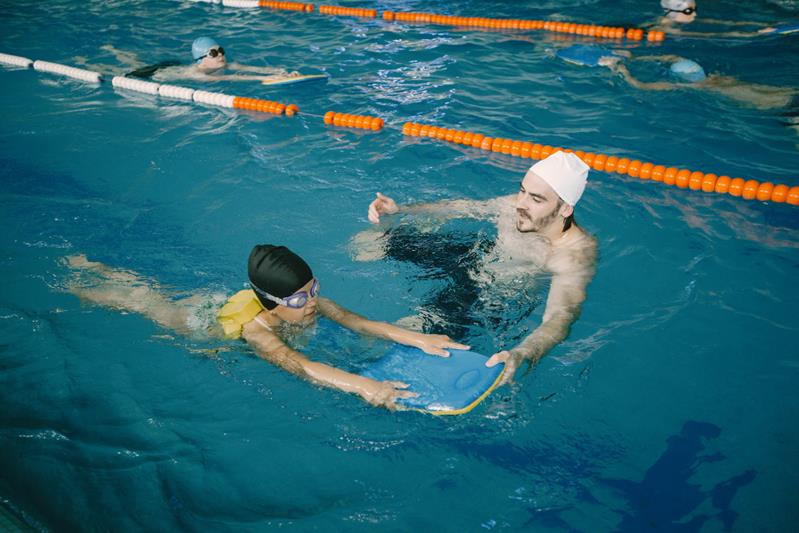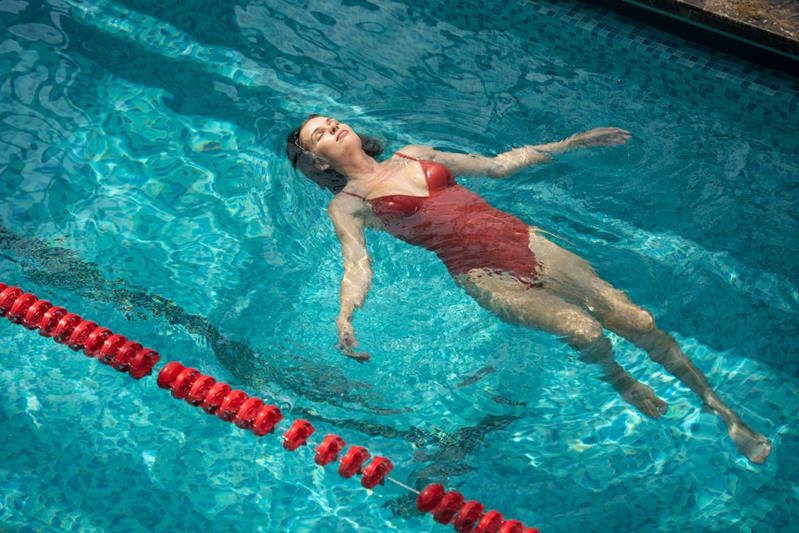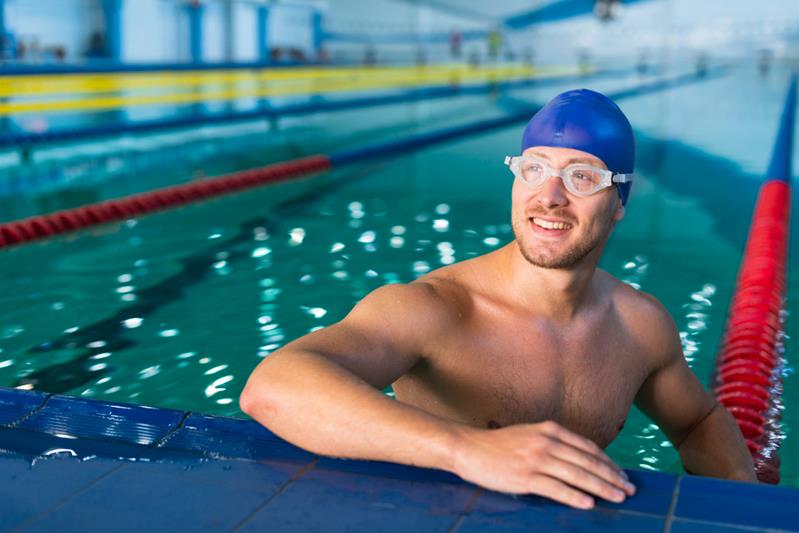Why is swimming so important for our overall well-being? It isn’t just an enjoyable pastime, it’s also a potent form of exercise that can positively impact both our physique and mindset. Swimming engages multiple muscle groups simultaneously, making it an effective method for fortifying muscles and enhancing overall physical strength. Whether pursued individually or alongside other athletic endeavors, swimming yields extensive advantages. Nonetheless, prior to plunging into this form of physical exertion, it’s crucial to weigh both its benefits and potential drawbacks, particularly if you have existing health concerns.
For optimal results from swimming, it’s advisable to allocate a minimum of 40 minutes per session and strive for 3-4 workouts each week. For those seeking to inject new vitality into their routines, integrating water aerobics or exploring alternative exercises can elevate the intensity of their regimen.
Why Swimming Practice can be Beneficial for You?
Swimming stands out as a superb method for tending to the spine and back muscles, aiding in posture enhancement and pain relief. It delicately elongates the spine, assisting in realigning the vertebrae properly. Many medical professionals advocate for swimming as a component of a holistic approach to addressing back issues. However, it’s crucial to seek advice from a specialist beforehand, as improper execution of exercises or adopting the wrong swimming technique may exacerbate rather than alleviate problems.
One of the remarkable aspects about learning to swim is its accessibility. Regardless of your experience level, diving into the learning process is feasible. While the water imparts a sensation of weightlessness, your muscles remain actively engaged, fostering positive impacts on your joints and blood circulation.
If you’re focused on losing weight, swimming is an excellent choice. This type of activity not only promotes gradual weight loss, but also helps keep your skin firm and beautiful, making the weight loss process smoother and reducing the risk of it coming back. Plus, it burns calories faster, outperforming other physical activities like running by up to three times in the same amount of time. Among other benefits of learning to swim, it can help cope with chronic fatigue and bad mood, as well as strengthen your immune system. And don’t forget how calming this activity is to calm your nerves thanks to the calming effects of water.
It’s also worth noting that swimming is a reliable ally during pregnancy. It helps maintain shape, relax the pelvic muscles and relieve tension from the back. And even after the baby is born, this can be a great way to recover and bounce back.

Are There Any Disadvantages of This Physical Activity?
There are several potential disadvantages to swimming pool activities, which, however, can be perceived subjectively and depend on individual preferences.
Many pools use chlorine to treat water, which can cause dry skin, hair and irritation of mucous membranes. In such cases, it is recommended to shower after swimming and use moisturizers. In addition, it is worth remembering that the water there is unsterile and may contain microbes, which poses a certain risk for weakened immunity. Finally, intense training can lead to changes in body shape that may not correspond to the ideal female figure.
Tips for a Safe and Enjoyable Swim
Before you start your healthy swimming routine, there are a few tips to keep in mind. And first of them is that you should not exercise in the pool if you have a cold or immediately after recovery. Wait a couple of weeks and allow the immune system to recover so as not to provoke a relapse.
It is worth taking a few lessons from coaches if you are not familiar with any style of swimming. A professional will show you various techniques, explain what effect they have, how to alternate them and draw attention to other important aspects. These tips can everyone learn to swim.
As for meals, you should remember that you need to eat no later than an hour before training. At the same time, it is important not to overeat, otherwise the food will not have time to be digested, it will be difficult to exercise and there will be no benefit from swimming. After visiting the pool, you can have a snack no earlier than 15-20 minutes later, and then at most an apple or just drink water. It is better to eat a full meal 1.5 hours after activity.
Integrating Swimming with Gym Workouts
Of course, if possible, it’s worth saying “yes” to this combination. This will be a great opportunity to make physical activity more effective. During sessions in the pool, all muscle groups work and joints warm up. This will be an excellent preparation for further strength exercises.
Combining these two activities allows you to quickly lose excess weight and increase muscle mass. However, do not forget that CrossFit requires consuming at least one gram of protein per kilogram of body weight per day. Therefore, to gain muscle mass, you need to take a protein meal after strength training.
To maximize the benefits of this union, you need to carefully work out an exercise program and training schedule with a trainer. Approaches will vary depending on your goals. If your main goal is to lose weight through a combination of swimming and strength training, you should spend more time swimming. In the case when the emphasis is on increasing muscle mass, it is recommended to start with swimming, and then move on to training with dumbbells or exercise machines.
The basic rule that should be followed when combining different types of training is not to try to develop a program yourself but to work with an instructor. Only in this way will training in the gym and swimming bring maximum benefits.




